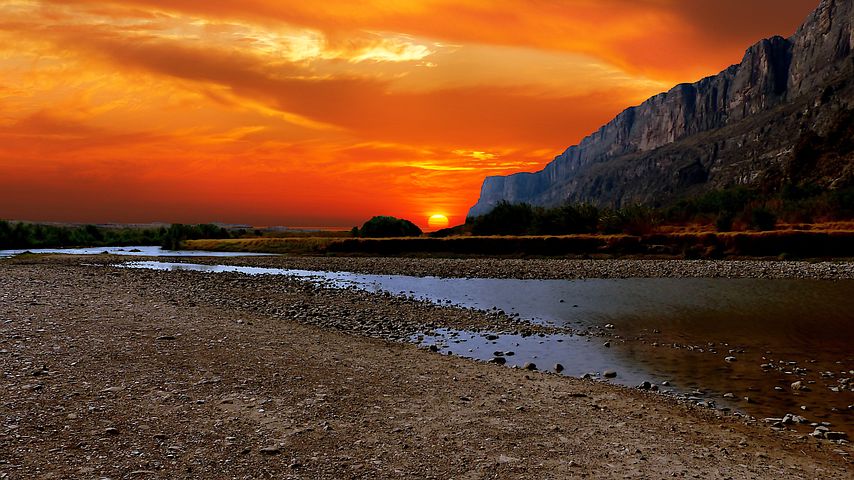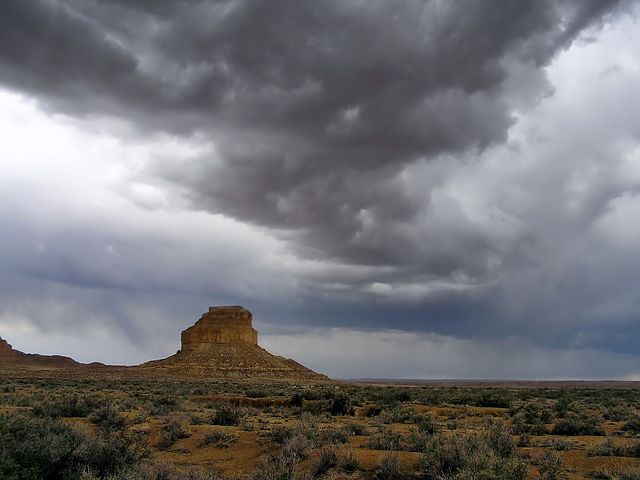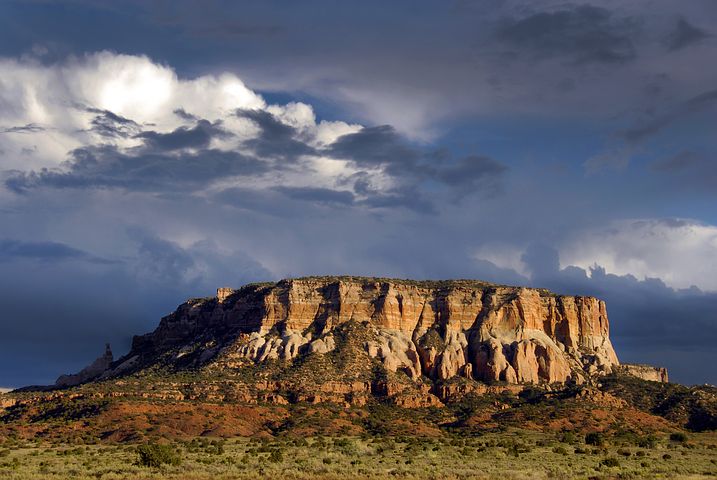New Mexico
New Mexico: A Deep Dive into the Land of Enchantment

New Mexico, colloquially known as the Land of Enchantment, is a state steeped in diverse cultures, rich history, and captivating landscapes. It’s a state that prides itself on its unique blend of Native American, Hispanic, and Anglo influences. Whether it’s the state’s remarkable geography, its vibrant economy, or its distinctive culture, New Mexico is a fascinating topic to explore.
Geography: A Mosaic of Landscapes
New Mexico is the fifth-largest U.S. state by area, stretching across 121,590 square miles. This vast expanse of land is characterized by an impressive array of geographical features, from the towering Rocky Mountains to the arid expanses of the Chihuahuan Desert. The state’s highest point is Wheeler Peak, standing tall at over 13,160 feet, while the lowest point is the Red Bluff Reservoir, nestled at around 2,840 feet.
New Mexico’s topography is divided into six distinct vegetation zones, providing a diverse array of habitats for a wide variety of flora and fauna. Over a third of New Mexico is covered by forests, with the most forested areas found in the north of the state. The Upper Sonoran Zone, characterized by prairie grasses, low piñon pines, and juniper shrubs, is the most prominent, covering about three-fourths of the state.
In addition to its diverse landscapes, New Mexico is also home to several significant bodies of water. The Rio Grande, one of the longest rivers in the U.S., bisects the state from north to south. Other major river systems include the Pecos, Canadian, San Juan, and Gila rivers.

Climate: A Tapestry of Weather Patterns
While New Mexico is often depicted as a sun-baked desert, the state’s climate is far more varied. The state’s weather patterns range from the semi-arid to arid, with areas of continental and alpine climates at higher elevations. Annual temperatures can fluctuate dramatically, with summer temperatures often exceeding 100 degrees Fahrenheit in the lower elevations, while winter months can see lows in the teens in many cities.
New Mexico’s climate is further influenced by its elevated altitude, with over four-fifths of the state sitting higher than 4,000 feet above sea level. This elevation contributes to the state’s relatively dry climate, with New Mexico seeing an average of just 13.7 inches of precipitation annually.
History: A Melting Pot of Cultures
The history of New Mexico is a rich tapestry woven from a diverse array of cultures and peoples. The earliest known inhabitants of the region were members of the Clovis culture of Paleo-Indians, with footprints discovered in 2017 suggesting a human presence as far back as 21,000-23,000 BC.
The arrival of Spanish explorers and settlers in the 16th century marked a pivotal moment in New Mexico’s history. The territory was named Nuevo México, and the establishment of Santa Fe as the oldest state capital in the U.S. is a testament to the Spanish influence on the state.
Following Mexican independence in 1821, New Mexico became an autonomous region of Mexico. However, the Mexican-American War in 1848 resulted in the U.S. annexing New Mexico as part of the larger New Mexico Territory. It wasn’t until 1912 that New Mexico was admitted to the Union as the 47th state.

Demographics: A Blend of Heritage
New Mexico’s population is as diverse as its landscapes and history. As of 2020, the state’s population stood at 2,117,522, marking a modest 2.8% increase from 2010. Despite this slow growth rate, New Mexico’s demographic makeup remains a vibrant blend of cultures.
Hispanic and Latino Americans make up the largest ethnic group in the state, accounting for 49.3% of the population. New Mexico is also home to a significant Native American population, with over 200,000 residents identifying as Native American.

Languages: A Symphony of Tongues
New Mexico is a linguistically diverse state, with a multitude of languages spoken across its communities. While English is the predominant language, almost a third of the population speaks Spanish at home. Furthermore, New Mexico is home to several indigenous languages, including Navajo, Mescalero Apache, and Jicarilla Apache, among others.
Economy: A Mixture of Traditional and High-Tech Industries
New Mexico’s economy is as diverse as its population and geography. The state has a strong agricultural sector, with cattle ranching and crop cultivation playing a significant role. It is also rich in natural resources, boasting a thriving mining, oil, and gas industry.
On the other end of the spectrum, New Mexico is a hub for high-tech industries. The state is home to several major research institutions, such as Los Alamos National Laboratory and Sandia National Laboratories. These institutions have helped to draw other high-tech companies to the state, contributing to a growing aerospace, media, and film industry.

Religion: A Spectrum of Faiths
Like much of the U.S., New Mexico is predominantly Christian. However, the state’s religious landscape is also shaped by its diverse population. Roman Catholicism has a strong presence in the state, reflecting the influence of Spanish colonization. There is also a significant Protestant population, and the state has been a center for the New Age movement since the 1960s.
A State Like No Other
New Mexico is a state like no other. It is a place where diverse cultures, languages, and landscapes converge to create a unique tapestry of life. From its towering mountains and vast deserts to its bustling cities and tranquil rural communities, New Mexico is a place of contrasts that offers something for everyone. Whether you’re drawn by its rich history, its vibrant cultures, or its stunning natural beauty, you’re sure to find something to enchant you in the Land of Enchantment.